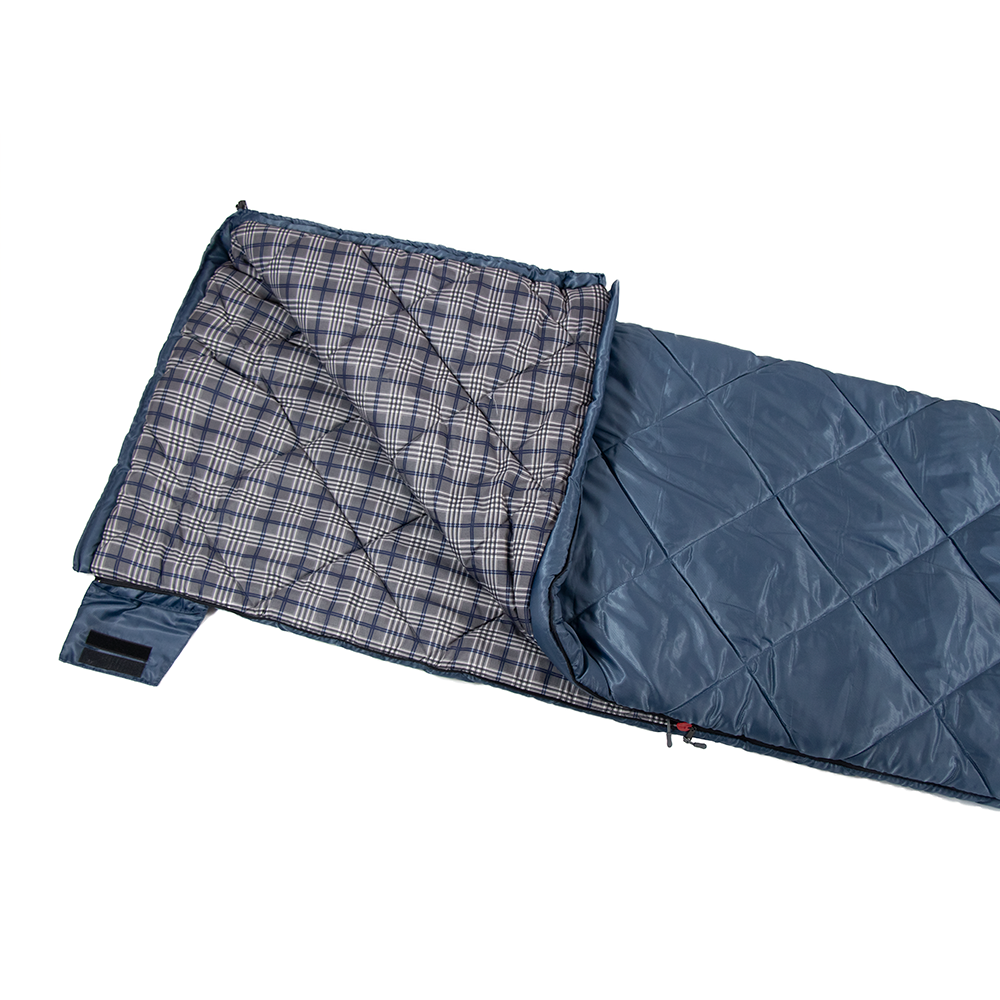
1 月 . 07, 2025 10:16 Back to list
sleeping bag
When it comes to selecting a sleeping bag, the decision goes beyond merely choosing a piece of camping gear; it involves investing in comfort, safety, and a better outdoor experience. Having spent years in the great outdoors, analyzing and testing various sleeping bags, I can confidently guide you through what makes a sleeping bag exceptional and why it matters.

The first consideration is insulation type. Down insulation is renowned for its warmth-to-weight ratio, making it an ideal choice for backpackers seeking lightweight gear without sacrificing warmth. However, it loses its insulating properties when wet. Synthetic insulation, on the other hand, is bulkier but continues to provide warmth in damp conditions and dries faster, making it suitable for unpredictable weather.
Temperature rating is a critical factor that demands attention. Sleeping bags are rated based on the lowest temperatures they can comfortably handle. It's crucial to select a sleeping bag with a temperature rating lower than the coldest conditions you anticipate encountering. This preparation ensures that you remain warm even when the temperature unexpectedly drops.

Size and shape play significant roles in a sleeping bag's efficiency and comfort. Mummy-shaped bags offer excellent warmth efficiency due to their snug fit, reducing the amount of air space inside the bag. Rectangular bags offer more roominess and are preferred by sleepers who value space over thermal efficiency. In between, semi-rectangular bags provide a compromise, offering both room and warmth.
Material quality directly impacts durability and comfort. High-quality materials, such as ripstop nylon or polyester, resist tears and moisture, safeguarding the insulation layer. A durable water repellent (DWR) finish is also valuable, enhancing the bag's resistance to moisture and prolonging its lifespan.
sleeping bag
Consider the sleeping bag’s features—important for enhancing your sleeping experience. A draft tube, for instance, prevents heat loss through the zipper. A hood with a drawstring can help retain heat around your head, vital for cold-weather camping. Some bags come with built-in pillow pockets or stash pockets for small items, cutting down on the gear you need to pack separately.
Weight is a critical factor for backpackers. The most efficient sleeping bags balance well between light weight and warmth. Ultra-light models can sometimes compromise on comfort for weight, so consider how much warmth you're willing to trade off for carrying less.
Lastly, think about brand reputation and warranty. Brands with a long-standing reputation for quality tend to use superior craftsmanship and materials. A reliable warranty provides added security and reflects a brand's confidence in its product.
In conclusion, the right sleeping bag can significantly enhance your outdoor adventures, providing a haven of warmth and comfort after a long day of exploration. By carefully evaluating insulation types, temperature ratings, size, and material quality, you can make a well-informed decision. Armed with expertise in these areas, you can trust your sleeping bag to offer reliability and satisfaction, no matter where your journey takes you.
-
Top China Adult Sleeping Bag Suppliers Lightweight & Durable
NewsMay.30,2025
-
China Camping Waterproof Picnic Blanket Supplier Wholesale Factory
NewsMay.30,2025
-
Wholesale Backpacking Sleeping Bags Lightweight & Bulk Supplier
NewsMay.30,2025
-
Emergency Sleeping Bags Wholesale Bulk Supply & OEM Options
NewsMay.29,2025
-
Sustainable Recycled Cotton Picnic Blankets Wholesale Manufacturer
NewsMay.29,2025
-
Premium Duck Down Sleeping Bag Supplier Warm & Lightweight Design
NewsMay.29,2025
